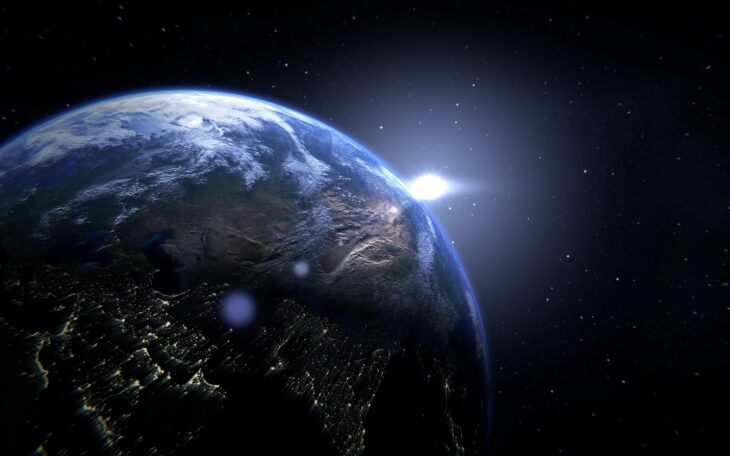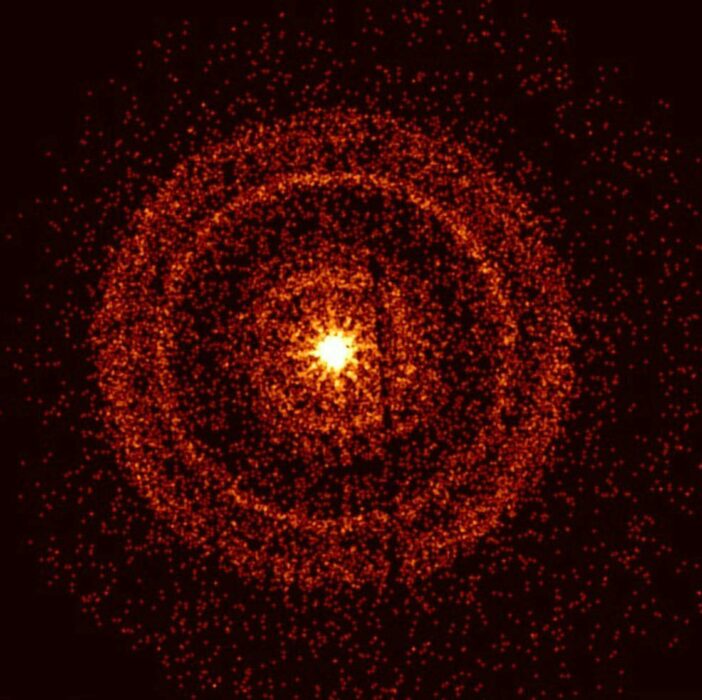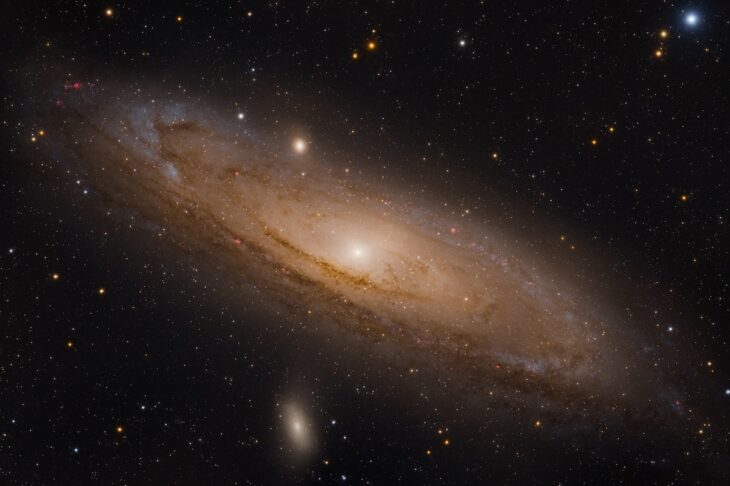Recently, astronomers at the National Aeronautics and Space Administration (NASA) have further investigated black holes. After recently sharing the sound that one emits, they have now observed that the birth of a black hole caused a flash of light never before seen in space.
Assuring that they intend to be prepared for whatever the universe throws at them, NASA scientists detected a burst of gamma rays emitted at a distance of 2.4 billion light-years from Earth, which were apparently caused by the birth of a black hole. .

The brightest flash of light ever seen in space was seen for the first time on October 9 by NASA’s Earth-orbiting telescopes, which last for several minutes and which specialists say are due to the death of giant stars up to 30 times larger than the sun.
As explained by astrophysicist Brendan O’Connor, the star explodes, becomes a supernova and before collapsing, forms a black hole. In this way, matter forms a disk around it and is absorbed, releasing energy that can travel up to 99.99 percent at the speed of light.

It is breaking records, both in the number of photons and in the energy of the photons that reach us. Something so brilliant, so close, is truly a once-in-a-century event.
– Brendan O’Connor
The flash that was named GRB221009A stood out for being an event that happens very rarely, so the captured light released photons with a record of up to 18 teraelectronvolts of energy that impacted long-wave communications in the Earth’s atmosphere, what he called attention when reflected in the infrared of the telescope of the Gemini South Observatory, in Chile.

Gamma-ray bursts typically release the same amount of energy in a matter of seconds that our sun has produced or will produce in its lifetime, and this event is the brightest gamma-ray burst.
In collaboration with the University of Maryland and the George Washington University, NASA telescopes observed the flare on October 9, the date from which it continues to be tracked in search of identifying some distinctive signs of supernovae that help them confirm your hypothesis about the origin of the flash.
Source: Okchicas
I’m Ava Paul, an experienced news website author with a special focus on the entertainment section. Over the past five years, I have worked in various positions of media and communication at World Stock Market. My experience has given me extensive knowledge in writing, editing, researching and reporting on stories related to the entertainment industry.







